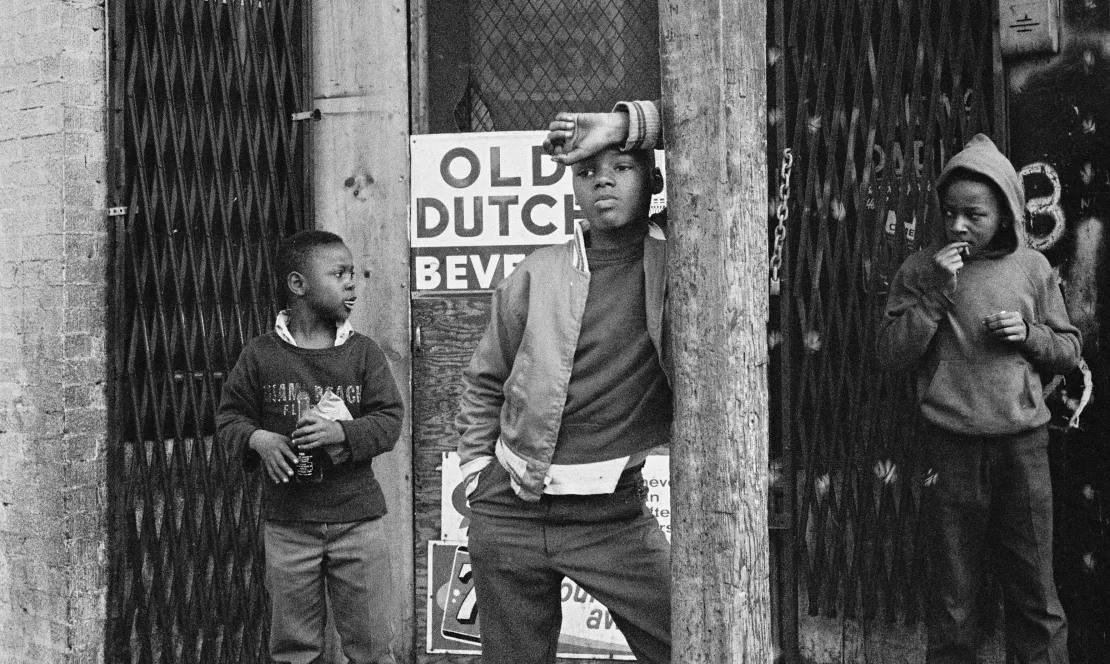Ernest Cole was a pioneering South African photographer whose work captured the harsh realities of apartheid, but his legacy expanded far beyond this focus. In the late 1960s, after facing censorship in South Africa, Cole moved to the United States, where he continued to document racial segregation and social injustice. While his earlier work, particularly his groundbreaking book House of Bondage, revealed apartheid’s brutalities, Cole also turned his lens toward American cities during the Civil Rights Movement, revealing the complex intersection of race, poverty, and resistance in the U.S.
For many years, Cole’s photographs taken during his time in the U.S. remained largely unseen. However, a significant collection of his negatives, thought to be lost, was rediscovered in Sweden in 2017. These photographs, which capture life in African American communities in Chicago, Atlanta, and New York during the late 1960s and early 1970s, are now being recognized as vital documents of the period. They show the contrasts between hope and despair in Black American life, similar to the tensions Cole had witnessed in South Africa.
The release of The True America, a book showcasing these recovered images, along with the documentary Ernest Cole: Lost and Found, directed by Raoul Peck, has brought Cole’s work back into the public eye. These revelations offer an intimate portrait of a man who was not only a witness to history but also a powerful critic of the systems of racial inequality. Cole’s story, both tragic and inspiring, continues to resonate today, offering new perspectives on racial struggles in both South Africa and America











